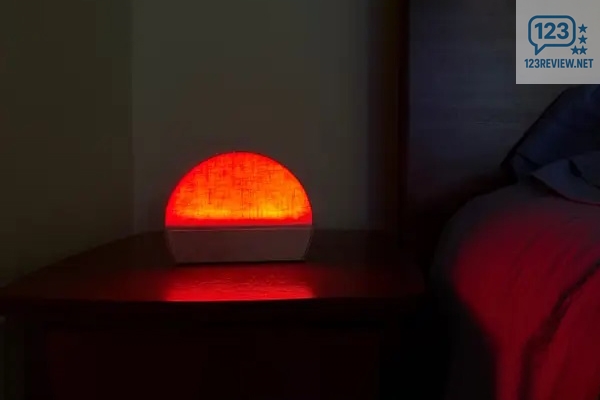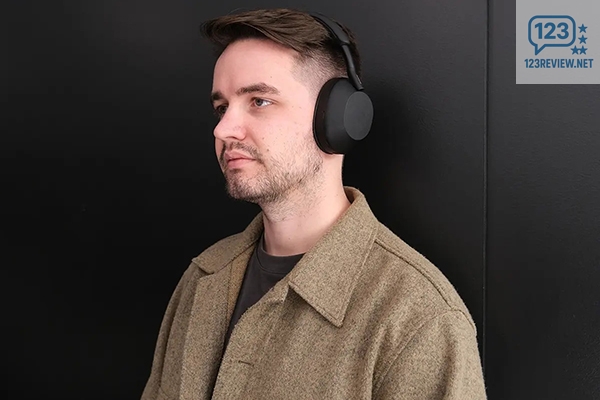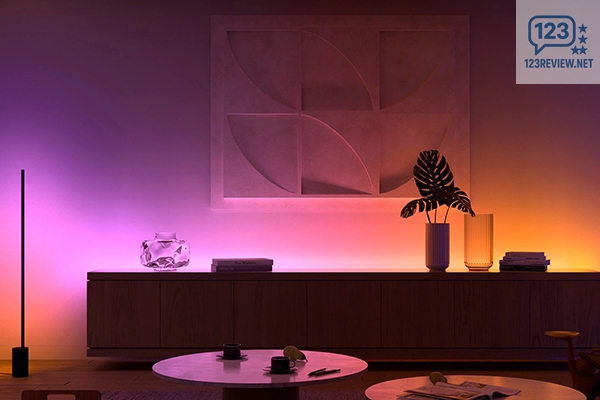When I first moved to New York, I promised myself I wouldn’t overspend on tech — especially on phones. After all, city life already comes with enough bills: rent, MetroCard, overpriced lattes. But finding a smartphone that feels premium without costing a small fortune became a mission. I wanted solid performance, decent cameras, and a clean design — something that didn’t scream “budget.”
After testing a handful of models over the past year — both Android and iPhone — I’ve narrowed down the ones that strike that perfect balance between value and experience. This is my breakdown of the best budget smartphones that don’t feel cheap.
What Makes a “Good” Budget Phone?
A good budget smartphone doesn’t try to be a flagship — it just gets the essentials right. Smooth everyday performance, reliable battery life, a sharp display, and cameras that capture life decently well. I don’t expect it to edit 4K videos or run AI apps flawlessly, but it should feel fast and well-built.
I’ve learned that software optimization matters just as much as specs. A phone with midrange hardware but clean software often feels smoother than one overloaded with pre-installed junk apps.
The Phones That Impressed Me Most
1. Google Pixel 8a
Google’s midrange Pixel continues to dominate this category. The Pixel 8a feels far from “cheap” — its matte finish and clean interface make it one of the best values out there. The camera performance, powered by Google’s Tensor G3 chip, punches above its price range. Photos look detailed, even in low light, and the AI editing tools are genuinely useful.

Battery life easily lasts a full day of heavy use, and the OLED display is crisp with excellent brightness. If you love taking photos around the city, this one’s hard to beat for under $500.
2. Samsung Galaxy A35 5G
Samsung’s A-series keeps improving. The A35 5G gives you a large Super AMOLED screen, a surprisingly solid design, and reliable performance for daily tasks. It’s not the fastest phone, but it handles streaming, social media, and light gaming without issue.
The plastic back doesn’t feel cheap — it’s more durable than it looks. Samsung’s One UI is cleaner than it used to be, and with promised software updates, it’ll stay current for years.
3. iPhone SE (3rd Generation)
If you’re deep in the Apple ecosystem, the iPhone SE remains the best budget entry point. It looks dated with its old-school design, but inside, it packs Apple’s A15 Bionic chip — the same one used in the iPhone 13 series. That means blazing performance for under $450.
The single camera still takes sharp photos, and the iOS experience is buttery smooth. Battery life is only average, but for those who prefer smaller phones, it’s unbeatable in this price range.
4. OnePlus Nord N30 5G
OnePlus still knows how to build a fast, responsive phone at a low price. The Nord N30 5G delivers a large 120Hz display, quick charging, and OxygenOS, which is refreshingly clean.
Performance is zippy for everyday use, and the camera is fine for social media. It feels more premium than its plastic frame suggests — sleek, light, and surprisingly well-balanced.
5. Nothing Phone (2a)
This one turns heads. The Nothing Phone (2a) looks futuristic with its LED “Glyph” lights and minimal interface. It’s not just a design gimmick — it feels genuinely smooth to use.
The OLED screen is beautiful, and the phone’s build feels solid and unique. It’s perfect if you want something stylish and a bit offbeat, without paying flagship prices.
How They Actually Feel in Hand
Budget phones often reveal their price through how they feel — cheap plastics, clunky buttons, or poor weight balance. But each of these options avoids that trap.
The Pixel 8a and Nothing Phone (2a) feel particularly refined — soft-touch textures, sturdy frames, and nice weight distribution. The Galaxy A35 and Nord N30 have the more classic feel of durable midrange builds, while the iPhone SE feels nostalgic yet solid, like holding a piece of Apple’s design history.
In daily life, all of these phones felt reliable: no lag switching between apps, no overheating during long calls, and no panic when taking photos on the go.
Performance and Longevity
A budget phone should last at least three years — both in terms of hardware and software support. That’s where Google and Samsung excel. Both promise long-term updates, meaning your phone stays secure and functional for years.
The iPhone SE’s A15 chip guarantees smooth performance far longer than most Android competitors. Meanwhile, the Nothing Phone (2a) proves that design innovation doesn’t have to come at a premium.
If you’re a heavy multitasker or casual gamer, the Pixel 8a and Nord N30 5G stand out for sheer responsiveness.
Pros & Cons
✅ Pros
- Premium feel for midrange prices
- Reliable performance for daily tasks
- Long-term software support (Pixel, Samsung, iPhone)
- Good camera performance, especially Pixel 8a
- Fast charging on most Android options
❌ Cons
- Some still use plastic builds
- Camera quality drops in low-end models
- Limited zoom or ultra-wide performance
- iPhone SE’s design feels outdated
- No wireless charging in most options
Value for Money
If I were to rank them purely by value, the Pixel 8a would take the crown. It feels high-end, takes stunning photos, and gets Google’s best features without breaking the bank. The Galaxy A35 5G is a close second for its all-around balance.
For those who love iOS, the SE is still worth it — not glamorous, but incredibly dependable. The Nothing Phone (2a) deserves a nod for creativity and design.
Each of these phones delivers real value because they don’t just “look” nice — they perform like something twice the price.
My Verdict
After testing and switching between all of these for months, I realized something simple: the best budget phones aren’t defined by price, but by how they make you forget you bought a budget phone.
The Google Pixel 8a is my top pick for most people — especially in a city like New York where great photos, fast connectivity, and sleek design matter. The Nothing Phone (2a) follows closely for those who want something with flair.
Budget no longer means compromise — and that’s the best part about buying a phone in 2025.
Written and tested by Chi Tran for 123Review.net.
Affiliate links may earn a commission, but opinions are my own.
Chi Tran is a tech and lifestyle reviewer based in New York City, exploring how simple tools make urban life smarter.









